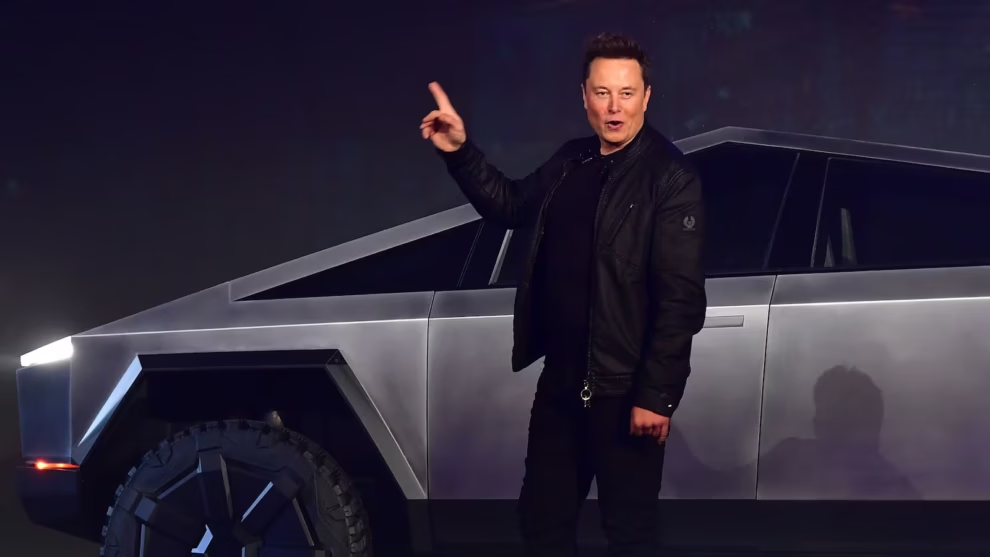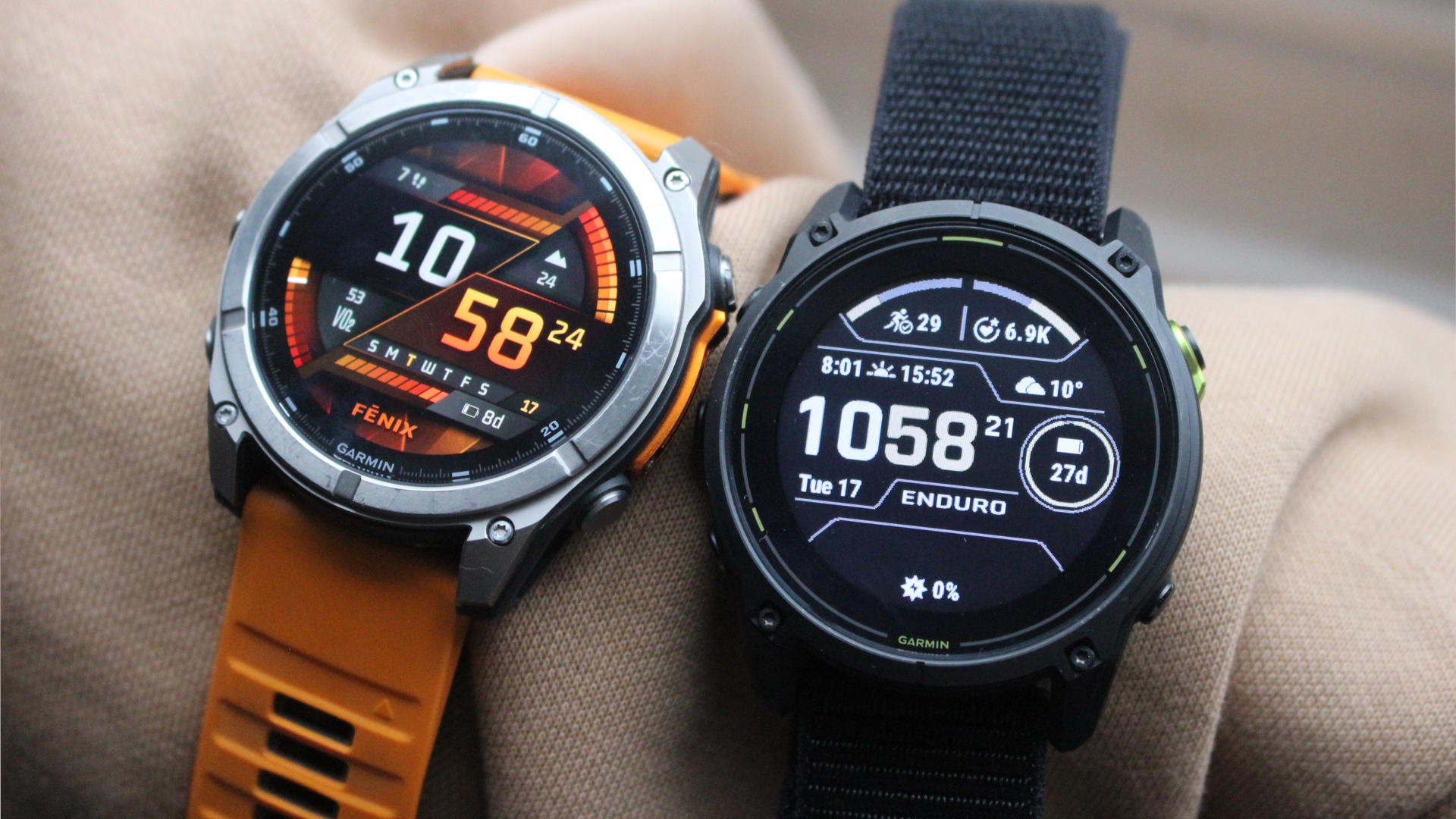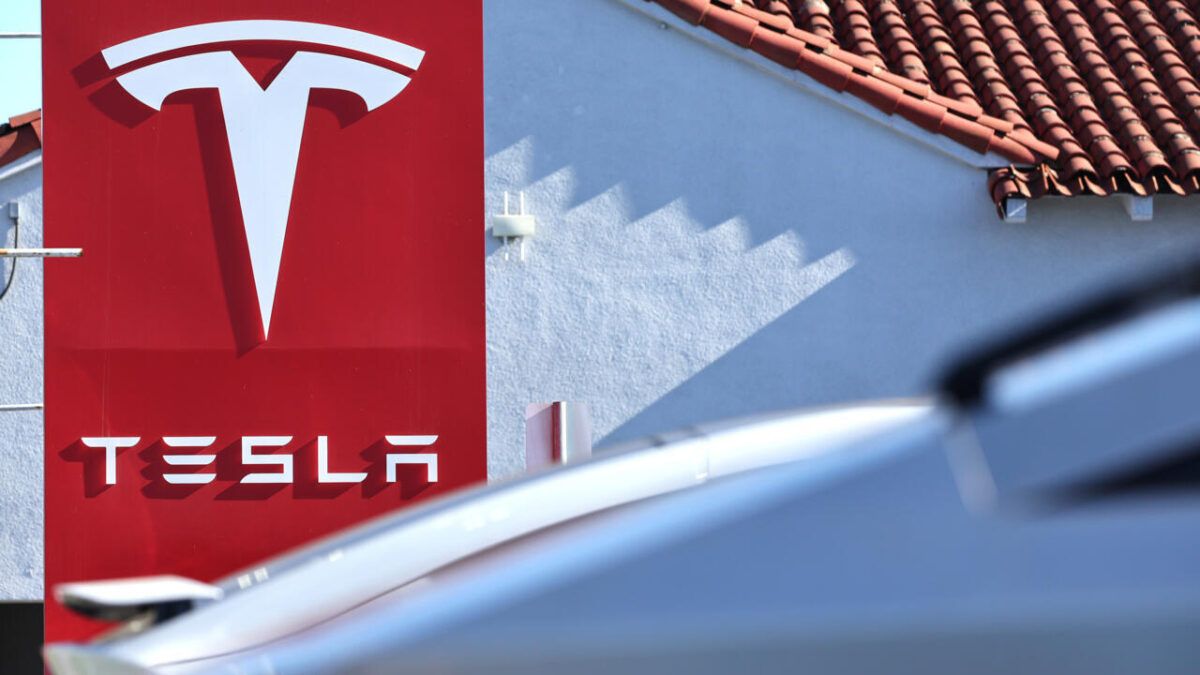The hype surrounding the Tesla Cybertruck was deafening. Years of anticipation, punctuated by bold claims and a polarizing design, built an almost mythical status for this electric pickup. But now that the stainless-steel beast is finally hitting (some) roads, a different narrative is beginning to emerge. Could the Cybertruck, Elon Musk’s futuristic vision, be turning into the auto industry’s most significant flop since the infamous Ford Edsel?
The Edsel, launched in 1957 with immense fanfare, became synonymous with failure. Its awkward styling, coupled with quality issues and a mismatch with consumer tastes, led to its swift demise. Now, decades later, whispers are growing louder: is the Cybertruck treading a similar path?
Let’s look at the evidence. Production has been plagued with delays. Initially promised for 2021, significant volumes are still not materializing in early 2025. Tesla’s own delivery numbers have been less than transparent, fueling speculation about the actual demand and manufacturing capabilities. While some early adopters have proudly showcased their Cybertrucks, the widespread presence on roads that many anticipated simply hasn’t materialized.
Furthermore, the Cybertruck’s design, the very element that generated so much buzz, is proving to be a double-edged sword. Its sharp angles and unpainted stainless-steel exoskeleton, while undeniably unique, have raised numerous practical concerns. Reports of panel alignment issues, susceptibility to fingerprints and smudges, and difficulties in repairing the unconventional body have surfaced from early owners and reviewers.
The promised “bulletproof” glass famously shattered during the vehicle’s unveiling, an incident that continues to cast a shadow over its durability claims. While Tesla has since stated the glass is impact-resistant, not bulletproof, the initial impression of fragility lingers in the public consciousness.
Beyond aesthetics and build quality, the Cybertruck’s practicality for everyday use is also being questioned. Its sheer size and unconventional shape make it challenging to maneuver and park in typical urban environments. Reports from owners highlight difficulties fitting it into standard garages and navigating tight parking spaces. This lack of practicality could significantly limit its appeal to a broader consumer base beyond the dedicated Tesla enthusiasts.
Consider the price point. The Cybertruck comes with a hefty price tag, especially for the higher-end trims. While the electric vehicle market has seen price fluctuations, the Cybertruck’s cost positions it as a premium offering, potentially alienating a significant portion of the pickup truck market that prioritizes affordability and value.
Comparing it to the Edsel, the parallels, while not exact, are unsettling. The Edsel was also heavily hyped, with Ford predicting massive sales. Its failure stemmed partly from a lack of understanding of the market and a design that ultimately didn’t resonate with buyers. Similarly, the Cybertruck, with its radical design and premium pricing, might be missing the mark with mainstream truck buyers who prioritize traditional truck attributes like ruggedness, practicality, and a more conventional appearance.
Industry analysts are also expressing concerns. Some reports suggest that the initial wave of pre-orders might not translate into sustained demand. The novelty factor of the Cybertruck might be wearing off as potential buyers face the realities of its limitations and high cost. Competition in the electric pickup truck segment is also intensifying, with established automakers like Ford and Rivian already offering compelling alternatives that boast more conventional designs and established reliability.
For example, Ford’s F-150 Lightning has garnered positive reviews for its familiar truck capabilities combined with electric power. Rivian’s R1T has also been praised for its blend of off-road prowess and premium features. These competitors offer a less polarizing and arguably more practical approach to the electric truck market, potentially siphoning away buyers who might have initially been intrigued by the Cybertruck but ultimately opted for a more conventional option.
The long shadow of delays has also impacted the Cybertruck’s potential. The electric vehicle market has evolved significantly since the vehicle’s initial unveiling in 2019. What might have seemed revolutionary then now faces a more mature and competitive landscape. The extended wait times might have allowed potential buyers to explore and ultimately choose other electric vehicles that are readily available.
Furthermore, the Cybertruck’s polarizing nature could be limiting its overall market appeal. While it has undoubtedly generated significant attention, that attention hasn’t necessarily translated into widespread positive sentiment. Many find its design jarring and impractical, potentially restricting its appeal to a niche market rather than the mass-market success that Tesla has achieved with its other models.
Elon Musk’s bold pronouncements and the cult-like following he commands might have initially shielded the Cybertruck from intense scrutiny. However, as more vehicles reach customers and real-world experiences emerge, the shortcomings are becoming harder to ignore. The initial excitement is giving way to a more critical assessment of its design, practicality, and value proposition.
Could Tesla turn the tide? It’s not impossible. The company has overcome production challenges in the past. However, the fundamental design and practicality concerns surrounding the Cybertruck might be more difficult to address. Unlike software glitches that can be fixed with over-the-air updates, the physical limitations of the vehicle’s design are more ingrained.
The comparison to the Edsel might seem harsh, but the parallels in terms of overblown hype, design missteps, and potential market mismatch are hard to ignore. While the Cybertruck is technologically advanced in some aspects, its fundamental flaws could ultimately lead to its undoing in the competitive automotive market.
The question remains: will the Tesla Cybertruck be remembered as a bold, futuristic vision that simply arrived too early or was fundamentally flawed? Or will it become the 21st century’s Edsel, a cautionary tale of ambition exceeding practicality and market understanding? Only time will tell, but the initial signs suggest that Elon’s wild ride might be heading for a bumpy landing.










Add Comment